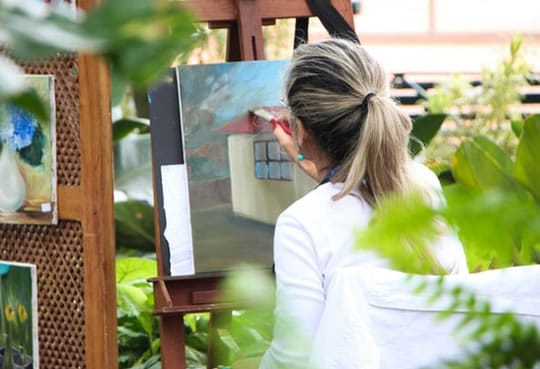
Many colouring in books advertise themselves as ‘art therapy’, but do they make people feel better?
Colouring in books do help to improve people’s mood, new research finds.
However, ‘real’ art therapy has other advantages on top, the authors argue.
Dr Girija Kaimal, who led the study, said:
“The main takeaway is that coloring has some limited benefits like reducing stress and negative mental states.
But it does not shift anything else of substance, develop relationships, nor result in any personal development.”
Art therapists argue that therapy is about more than just feeling better, it is about growing oneself.
The study compared simple colouring in with a 40-minute art therapy session.
This involved people creating art while being facilitated by an art therapist.
Both groups showed similar improvements in wellbeing after the sessions.
However, Dr Kaimal explained that the art therapy had some additional effects:
“The art therapists’ open studio sessions resulted in more empowerment, creativity and improved mood, which are significant for individuals striving to improve their quality of life and make lasting change.
Many of the outcomes were enabled through the relational support from the art therapist
The art therapist-facilitated session involves more interpersonal interaction, problem solving around creative choices and expression, empowerment and perhaps more learning about the self and others.
That all contributes to the outcomes we saw.”
Colouring in, then, can be effective to make you feel better in the short-term.
Dr Kaimal said:
“Coloring might allow for some reduction in distress or negativity, but since it is a structured task, it might not allow for further creative expression, discovery and exploration which we think is associated with the positive mood improvements we saw in the open studio condition.”
The study was published in the journal Canadian Art Therapy Association Journal (Kaimal et al., 2017).










